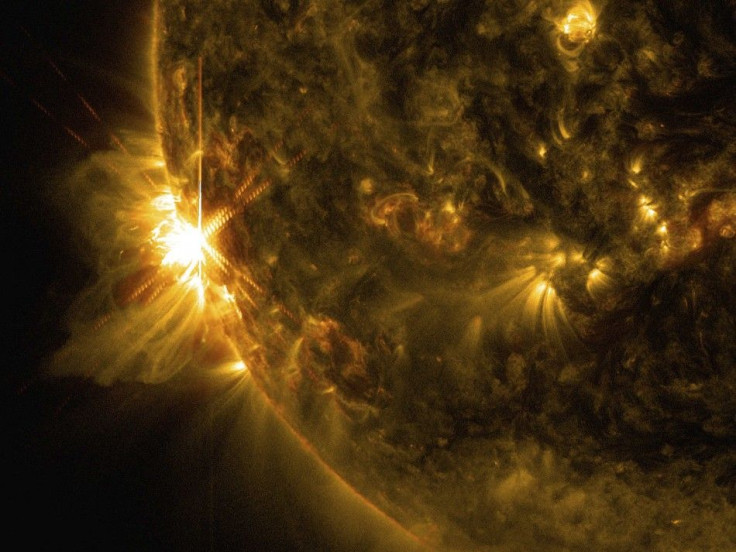Solar Power: New Technology By Caltech Claims Success In Maximising Conversion of Solar Rays Into Electrical Energy

Solar power, as a renewable energy source for power generation is here to stay. Though it still accounts for just one percent of the world's energy mix, the International Energy Agency is optimistic that solar energy will ultimately become the world's single biggest source of electricity by the middle of the century.
The reasons for such grand optimism are driven by the quest for new generation technologies to leverage super-efficient, low-cost sunlight harvesters from the innovations that followed with the flood of cheap silicon panels, says a scientific article in Yale. Edu. At present, bulk of the solar power is generated mainly by rooftop photovoltaic systems.
In recent years, new designs and novel solar materials have been setting new efficiency records. In the R&D on solar power, many innovators are making steady progress with a focus on new generation of materials to optimise the conversion rate from sun's energy beyond the traditional silicon photovoltaic cells.
Already promising technologies such as multi-junction cells have marked advancement with a multitude of layers in the light-harvesters with many slices in the solar spectrum. Also worth mentioning is super-efficient semiconductor materials such as perovskite , gallium-arsenide and cells made of tiny solar-absorbing "quantum dots".
Nano Power
But the latest in the series is a new technology that seeks to bypass the current limitations of photovoltaic cells. in terms of turning maximum sunlight into electricity. In PVs, the main constraint is the inability to absorb the full quantum of sun light to convert into power and contain the loss of significant amounts of solar energy.
Addressing the limitations of PVs is a new technology, being pioneered by the researchers at the California Institute of Technology. It highlights metallic structures as the future of solar power in maximising solar power. A Red Orbit report outlines the improved process. Although silicon-based photovoltaic cells absorb light wavelengths falling in the visible spectrum, which is visible to the human eye, longer wavelengths such as infrared still escape them. Light rays of such advanced wavelengths pass right through the silicon and never get converted into electricity and are lost as unwanted heat.
Plasmon Resonance
Explains Harry A. Atwater, Professor of Materials Science and director of Resnick Sustainability Institute, who led the study: "The silicon absorbs only a fraction of the spectrum, and it is transparent to the rest. When a photovoltaic module is put on the roof, the silicon absorbs a portion of the spectrum and some of that light gets converted into power. But the rest of it ends up heating up the roof."
Atwater and his colleagues, while looking beyond PVs, came to the finding that the best medium to absorb infrared waves will be metals and not silicons. The new technology, using plasmon resonance or coordinated waves, tries to create a ripple effect on the electrons existing on the surfaces of metals and makes them excited at the point where the metal meets the air. Though Plasmon resonances of metals are almost predetermined, Atwater and his team showed that those "resonances can be tuned to other wavelengths by converting the metals into tiny nanostructures in the lab", reported Hydrogen Fuel News.
"Normally in a metal like silver or copper or gold, the density of electrons in the metal is fixed as a function of the property of the material. But in the lab, it is possible to add electrons to the atoms of metal nanostructures and charge them up. Once that is done, the resonance frequency will change", explained Atwater. So, the scientist looks forward to the days when solar cells will be using the plasmoelectric effect in tandem with photovoltaic cells to harness visible and infrared light for creating maximum electricity.





















